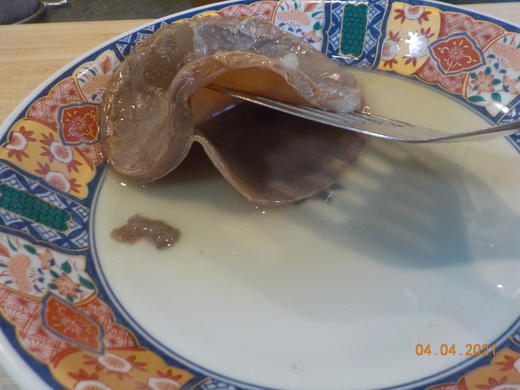Hello, I'm rather new to brewing kombucha and have made so far a few batches, all with second fermentation (apples and ginger). I'm totally sold. It tastes so good.
Are SCOBIES everlasting ? How to tell if it's still going good ? Is there a way to gauge how well it does, how potent it is ? And, if only tea and sugar are used, no SCOBY, and left the same amount f time, would that result in somthing similar ?
Cheers.
Are SCOBIES everlasting ? How to tell if it's still going good ? Is there a way to gauge how well it does, how potent it is ? And, if only tea and sugar are used, no SCOBY, and left the same amount f time, would that result in somthing similar ?
Cheers.





